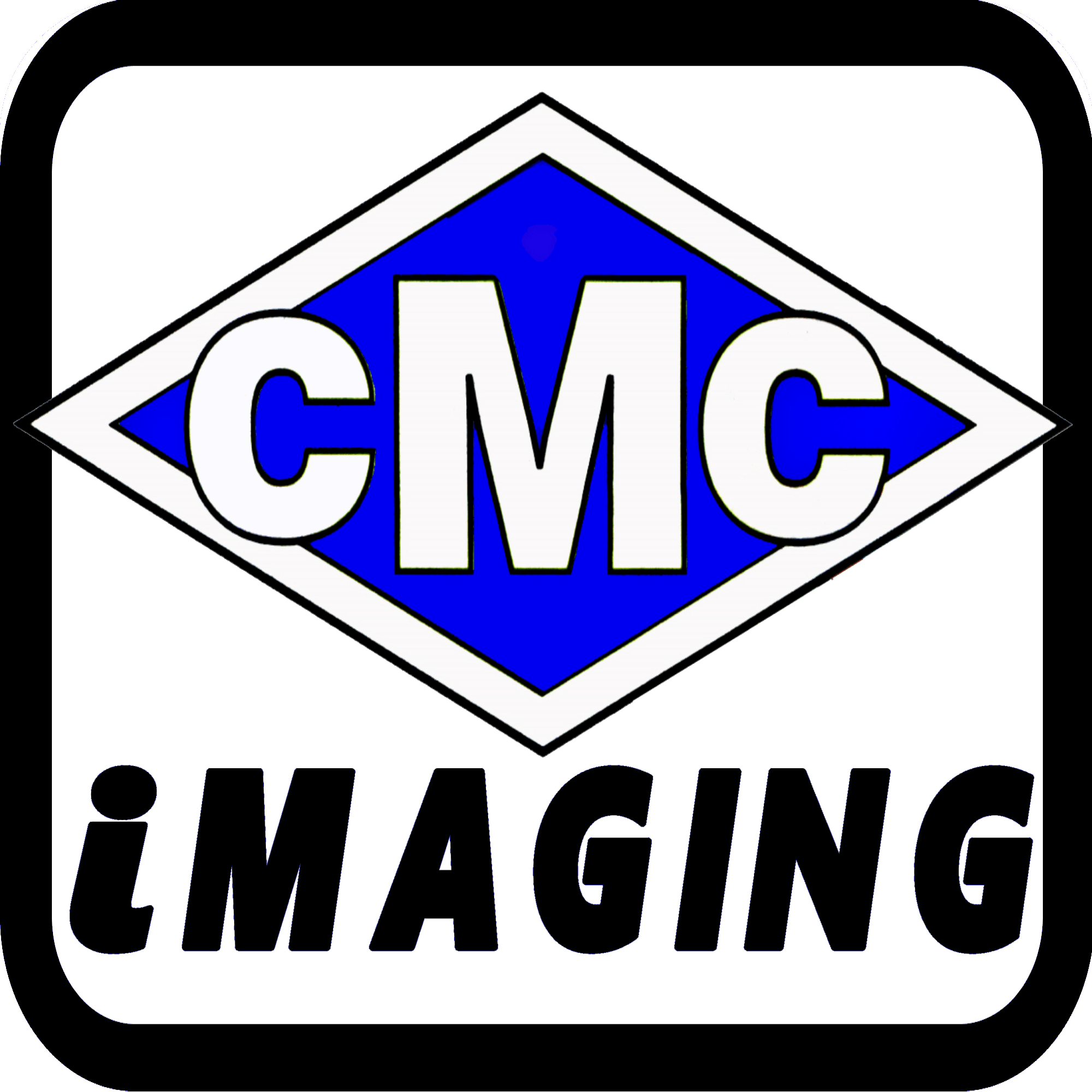Practical Lifespan
I saw a car on the road today, a Model A Ford. My son had never seen one running and listening to it purr along was a delight for both of us. I realized if we treated our cars as if they were the most important thing in our lives, we would probably still have the first car we ever drove. I do not have our first car. Things tend to break down, rubber degrades the wear causes failure parts are not plentiful. We just can’t afford it. It is too costly to maintain for a lifetime.
Our company was called into work on a project involving microfiche jackets which were stored since 1980. They had chosen microfilm as their long term media because the archive had required them to. Keeping in mind in the 1980’s computer systems would have been cost prohibitive and scanners did not exist. Fast forward to today. The special file cabinet, once kept in the office in a climate-controlled area had been moved to the warehouse, close to the door. The heat/cold/humidity/pollution and dirt had taken their toll on this collection.
In review, the jackets were disintegrating, film images were falling out in the drawer and there was no consistency to the file. Like the model “T” it would be very expensive to try and restore it all to new. Even if you did the cost to keep storing it properly (65 degrees Fahrenheit 40% humidity) is very costly and difficult. Archive storage is a common problem everywhere. In 1938, when they built the Illinois State Archives, it would have been very difficult to reach perfect temperatures. It would also be nearly impossible to know for certain you had. Temperature and humidity systems were not sophisticated computer devices. Air-conditioning was invented in 1902, but at the time the archives were built, it would have been impossible to maintain temperature constants. Illinois State Archives acted upon this very serious issue in 1998 but the effort failed.
According to a publication by Munters, cooling and air conditioning providers:
“There were clear errors in calculations that led to the HVAC system, including the dehumidifier, being undersized,” said GHLN engineer Jim Kreutzmann, who led the project. The critical spaces, the vaults where the microfilm and paper records were stored, were not isolated from the rest of the building. They were receiving the same air as the office area despite the fact that the vaults required 65°F dry bulb and 40% relative humidity to protect the documents and film, much lower than the comfort cooled air supplied to the offices.”
This meant the wide shifts in temperature and humidity had occurred daily throughout the entire building. The issue was fixed in 2001.
If we as archivists, continue to argue about the media, keep focusing on what we store on (paper, microfilm, CD or other media), our focus is on the wrong thing. We need to look at the digital images, paper, photos, web pages, videos, CD, DVD’s, BluRay and 3d pictures being created every day. Arguing about what to store on while it all rots away is like parking the Model T in the driveway until we can figure out what to build a garage out of.
We need to learn this one thing, the world is evolving. We need to start to see this change and make plans to store all of these things the best we can. The practical lifespan of anything is only as long as we are willing to maintain it properly.
